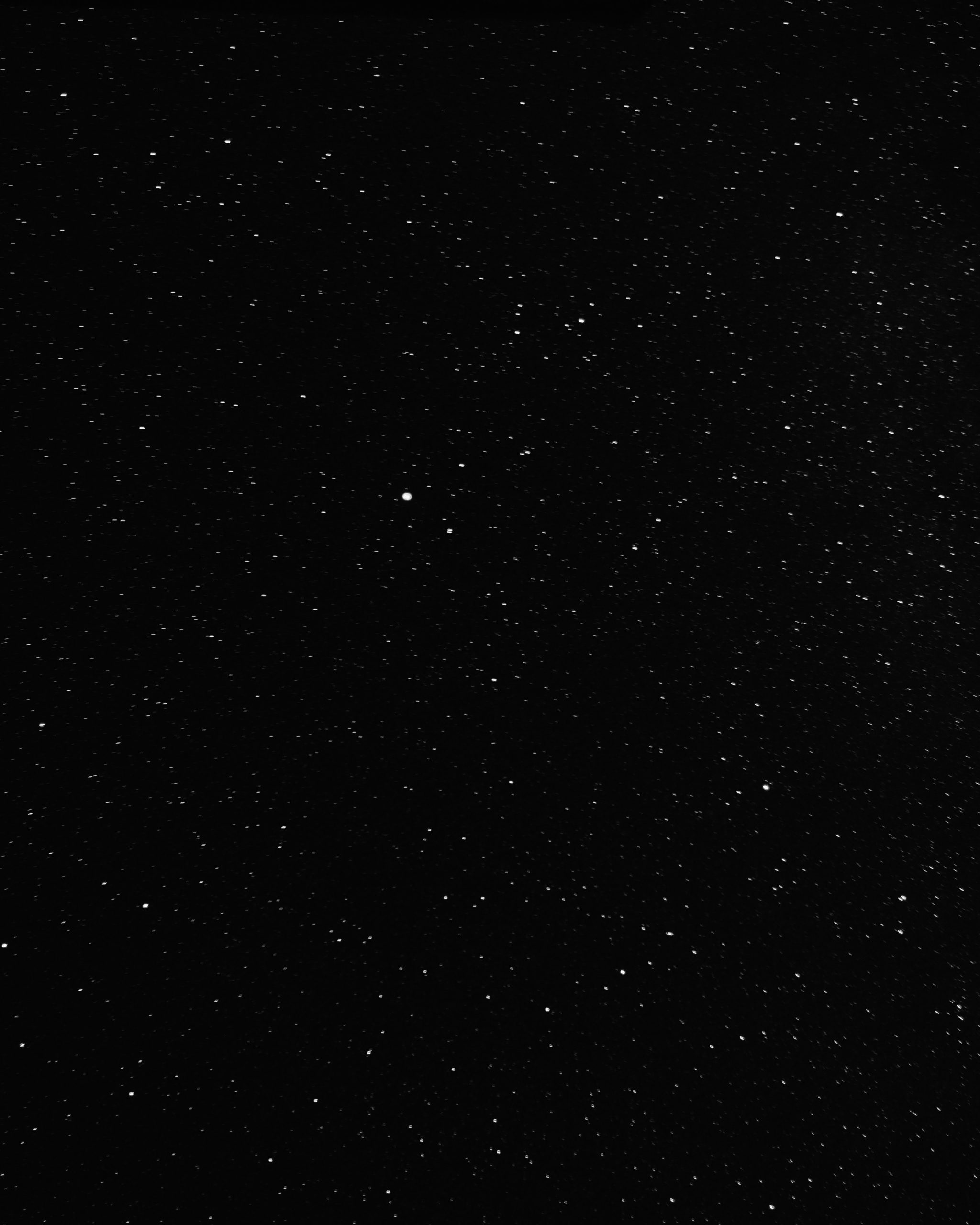Why is There a Large Circle Around the Moon?
Have you ever gazed at the night sky and noticed a mesmerizing sight – a large circle encircling the moon? This enchanting phenomenon, known as a lunar halo or moon halo, has captured the attention and curiosity of sky-watchers for centuries. But what exactly causes this ethereal halo? In this blog post, we will delve into the science behind this captivating celestial phenomenon and uncover the mysteries hidden within the mystical circle around the moon.
The Science Behind Lunar Halos
A lunar halo is a ring of light that appears around the moon when light from the sun or moon interacts with ice crystals suspended in the Earth’s atmosphere. This optical phenomenon occurs when there is a sufficient concentration of ice crystals in the air at high altitudes, typically occurring in cirrus or cirrostratus clouds.
The ice crystals act like tiny prisms, refracting and reflecting light to create the circular halo. When light passes through the hexagonal ice crystals, it gets bent at an angle of 22 degrees, creating the distinct circle around the moon. This 22-degree angle is a crucial factor contributing to the formation of the lunar halo, and it remains constant regardless of the size or brightness of the moon.
The Different Types of Lunar Halos
Not all lunar halos are the same; they can vary in size, brightness, and color. Here are some of the different types of lunar halos that you may come across:
- 22-Degree Halo: This is the most common type of lunar halo, appearing as a large circle around the moon with a radius of approximately 22 degrees.
- Circumhorizontal Arc: Also known as a fire rainbow, this rare spectacle is formed when the sun is high in the sky, and the ice crystals create a colorful arc below the sun. While not specifically related to the moon, it’s worth mentioning due to its stunning visual display.
- Supralateral Arc: This type of lunar halo is a relatively uncommon phenomenon that forms arcs parallel to the horizon, intersecting the 22-degree halo.
- Upper Tangent Arc: Another infrequent lunar halo, the upper tangent arc occurs as a small section of a halo tangent to the top of the moon.
The Colors of Lunar Halos
One of the most captivating aspects of lunar halos is their spectral colors. When light interacts with the ice crystals, it undergoes dispersion, similar to how light passes through a prism. This dispersion separates the light into its constituent colors, resulting in a rainbow-like effect.
The primary colors observed in a lunar halo are red on the inside and blue on the outside. This color arrangement is due to the different angles at which the light is bent as it passes through the ice crystals. The shorter wavelengths, such as blue and violet, are bent more than the longer wavelengths like red and orange.
Therefore, when observing a lunar halo, you may notice a beautiful gradient of colors ranging from red to orange, yellow, green, and blue, with red being closest to the moon and blue appearing on the outer edge of the halo.
The Origins of Lunar Halo Myths and Folklore
The appearance of lunar halos has captured the attention of humans for centuries, leading to the creation of various myths, legends, and folklores around the world. In many cultures, lunar halos were considered omens or signs of impending changes.
Ancient Greeks believed that lunar halos were a celestial message, often predicting changes in weather conditions. Similarly, in some Native American cultures, lunar halos were believed to be a sign of an approaching storm or an indication that rain was on its way. These cultural interpretations highlight the strong connection between humans and the natural world.
Interestingly, lunar halos have also been associated with superstitions related to lunar cycles and fertility. In some folklore, it was believed that if a pregnant woman gazed at a lunar halo, she would give birth to a child with special powers or characteristics.
Photographing Lunar Halos
Capturing the elusive beauty of lunar halos can be a challenge, but with the right equipment and techniques, it is possible to photograph these stunning celestial phenomena.
When photographing a lunar halo, it is essential to use longer focal lengths, such as telephoto lenses, to capture the halo’s intricate details. Additionally, a tripod and a cable release or a self-timer can help minimize camera shake and ensure sharper images.
Experimenting with different exposures is key to capturing the colors and details of a lunar halo effectively. Overexposing the moon can help bring out the halo’s colors, while underexposing can reveal the moon’s surface in greater detail.
Finding Beauty in the Celestial Dance
The large circle around the moon, known as a lunar halo, is a mesmerizing spectacle that reminds us of the intricate dance between nature and light. This celestial phenomenon, created by the interaction of ice crystals and light, sparks wonder and curiosity in sky-watchers worldwide.
Next time you find yourself gazing at the night sky, take a moment to appreciate the beauty of a lunar halo and reflect on the intricate scientific processes that shape our perception of the cosmos. May the mysteries of the moon’s halo continue to inspire and captivate us for generations to come.
Table of Contents
